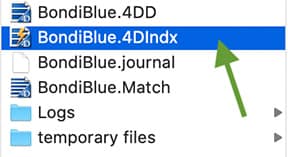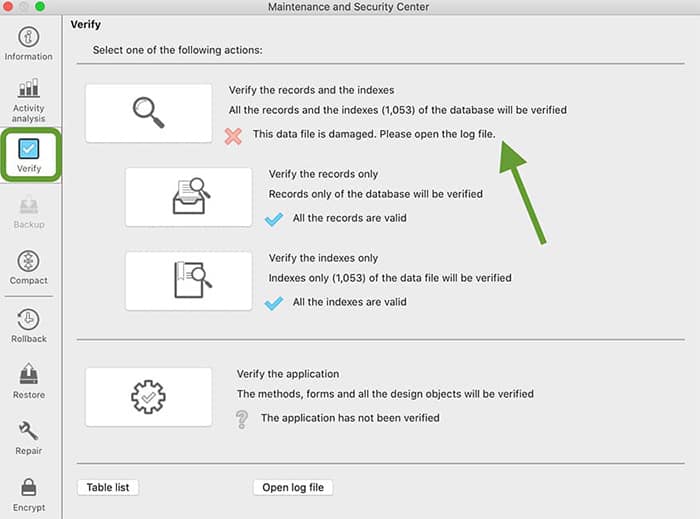Data File Maintenance on your ERP Accounting Software
August 26, 2020 10:28 am | by John Adams

All data files have indexes which function in essentially the same way as an index in an encyclopedia does. Over time, these can become damaged due to external factors. The result can be that reports are missing data or that information on specific transactions is missorted. If you are experiencing similar issues on your SapphireOne ERP Accounting Software live data file, please follow the instructions below:
I) Re-Indexing of the Live Data File
The first thing you should do is run a re-index of your data file:
- All users need to quit their SapphireOne Client Application and the SapphireOne Server needs to be shut down.
- Now locate your Live Data File folder. This is usually found under the following file path:
- MacOS: Applications > SapphireOne > Live
- Windows: Program Files > SapphireOne > Live
- Delete the filewith the extension .4DIndx from the folder.
 Make sure that you do not delete any of the other files, especially not the .4DDfile as this contains your live data.
Make sure that you do not delete any of the other files, especially not the .4DDfile as this contains your live data. - Re-start the Server and the software will automatically re-build the index file.


 If your data file is very large, this will take a considerable amount of time to complete. Do not try to run up your Client until this process is finished.
If your data file is very large, this will take a considerable amount of time to complete. Do not try to run up your Client until this process is finished.
What does the Re-Index do?
Records in the SapphireOne database are indexed for performance reasons and to allow quick accessibility. Due to external reasons that are beyond the control of the software provider, indexes sometimes can become damaged. The result is that they do not function in their intended manner anymore.
II) Run Verify on the SapphireOne Server
If re-indexing did not rectify the issue, you can then verify the records and indexes via the server:
- All users need to quit their SapphireOne Client Application and the SapphireOne Server needs to be shut down.
- Now go to the Maintenance Security Center in the server (via the Help option in the toolbar):

Click on the “Verify the records and indexes” button. - Once the verification is done, the result will show either:
- A tick showing that the data file verification was successful, or
- A red cross showing the data file is damaged (follow the next step then).

If the verify tool shows that your data file is damaged, you can do a standard repair of your data file via the server:
- All users need to quit their SapphireOne Client Application and the SapphireOne Server needs to be shut down.
- In the Maintenance and Security Center:
- Select Standard Repair, and
- Click on the “Repair” button

- Once the repair is done, the result will show either:
- That the repair of the data file was successful, or
- That the data file is still damaged. If this is the case, please contact SapphireOne Support.
